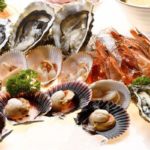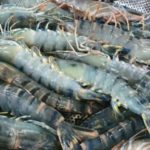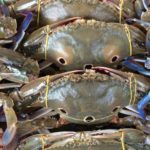The festive season is upon us, and what better way to celebrate than with a trip to the beach? The sandy shores, warm sun, and gentle lapping of the waves can melt away all your daily stresses. When you’re at the seaside, all you want to do is soak in the atmosphere, admire the scenery, and indulge in some delicious seafood. But with so many options at the seafood market, how do you know which seafood is fresh and tasty? These simple tips will make you a pro at choosing the best seafood.
1 How to Choose Delicious Shrimp
Who can resist grilled or boiled shrimp? To select the best ones, look for shrimp that are actively swimming and jumping. If you’re buying frozen shrimp, choose those that are intact, with their heads, legs, and claws still attached and firmly in place. The meat should feel firm and elastic, and there should be no unpleasant odors.
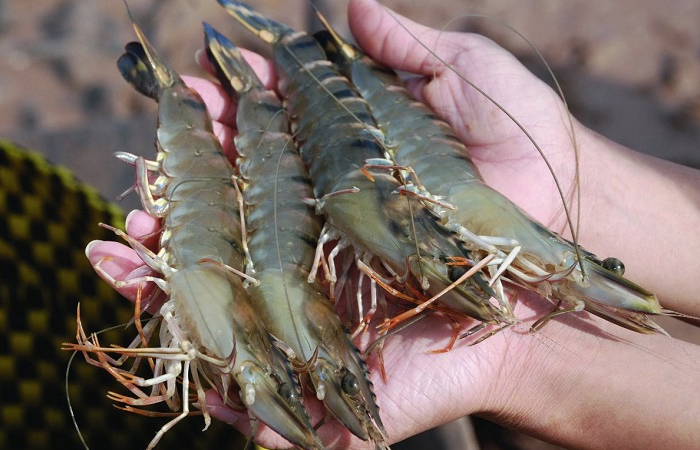
2 How to Choose Squid
Whether you’re cooking squid tubes or cuttlefish, the key things to look for are similar. The squid should have a brown membrane covering its skin, which should be intact and have minimal scarring. Go for squid that are thick, white, and opaque like coconut flesh, with firm meat that isn’t mushy.
Make sure the head is still attached to the body. If you see squid without the brown membrane, without the head, and already peeled white, it’s best to avoid them unless they’re packaged in a supermarket.

3 How to Choose Crab and Crayfish
Crab and crayfish are probably everyone’s favorite seafood dishes. To choose the best ones, press the underside of the crab’s apron (the small flap just below the crab’s head). If it doesn’t give way, the crab is likely to have firm meat. To check if the crab or crayfish is full of roe, look between the apron and the main body of the shell; if you see a red mass, it’s full of delicious roe.
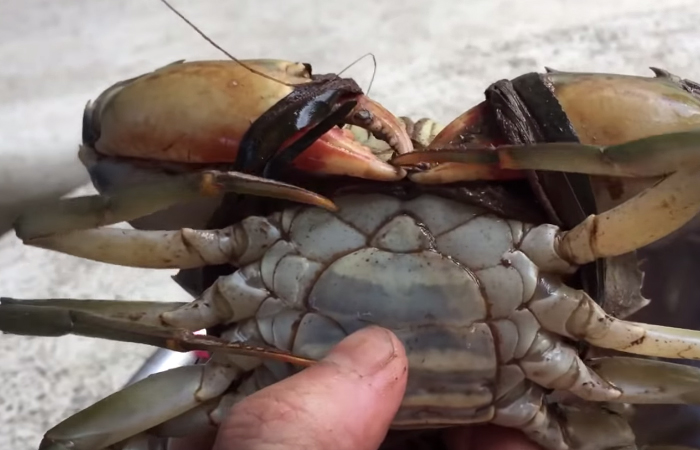
4 How to Choose Fish
Sea fish like cam fish are a real treat when grilled. Choosing fresh fish is simple: look for clear eyes, bright red gills, and firm flesh that bounces back when pressed.
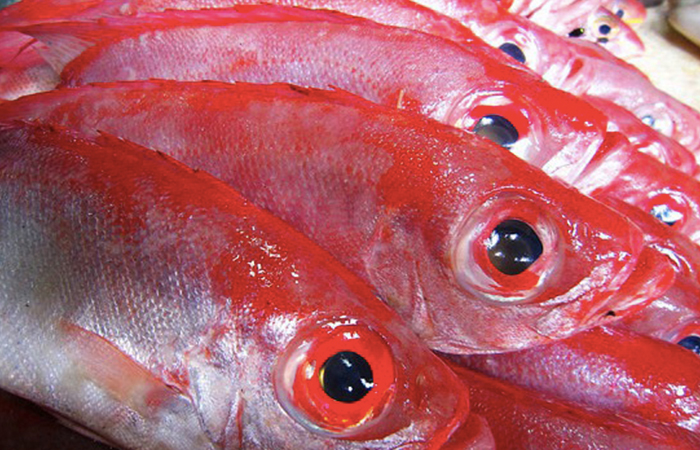
5 How to Choose Clams and Shellfish
When it comes to clams, choose those that are still moving and close their shells when touched. For shellfish, a simple knock on the shell will do; if it doesn’t smell foul, it’s good to go. Some types of shellfish require additional selection criteria: for cockles and ark clams, avoid those that are too large as their meat tends to be tough, and for blood cockles, don’t choose the small ones as their meat shrinks during cooking.

6 How to Choose Octopus
Go for octopus with firm, elastic meat that doesn’t feel watery and has a white belly. If the belly looks dull or off-white, the octopus is likely past its prime.
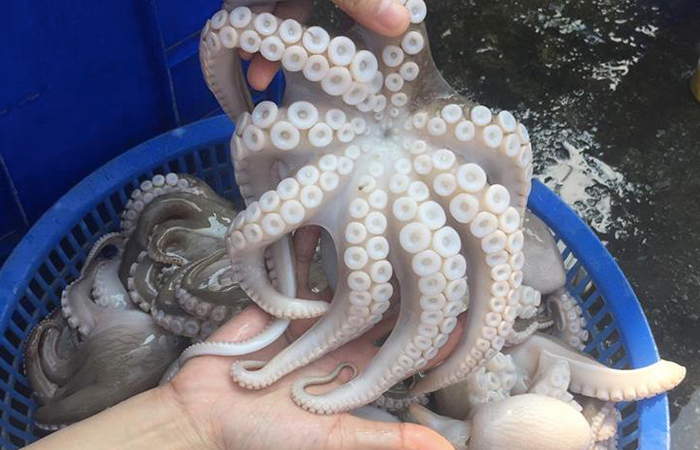
Now you’re equipped with these simple tips for choosing the freshest seafood. No more worries about picking less-than-ideal seafood! If you have any more seafood selection secrets, be sure to share them!
How to Choose Fresh Seafood: Important Cabinet Tips
In recent years, concerns have been raised over the practice of injecting urea and chemicals into seafood, making it difficult to find safe and fresh options. To help, DienmayXANH.com offers some tips on how to select the best seafood available. Seafood is a rich, delicious, and nutritious source of food, and this advice will help ensure you make the most of it.
Tips for Buying Safe, Non-Chemically Enhanced Shrimp
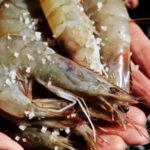 Shrimp‘>
Shrimp‘>Looking for a quick and nutritious meal? GREEN SHOP has got you covered with their tips and advice on buying safe and fresh shrimp! Learn how to make a delicious dish that is both easy to cook and enjoy, without the worry of potentially harmful chemicals.


























